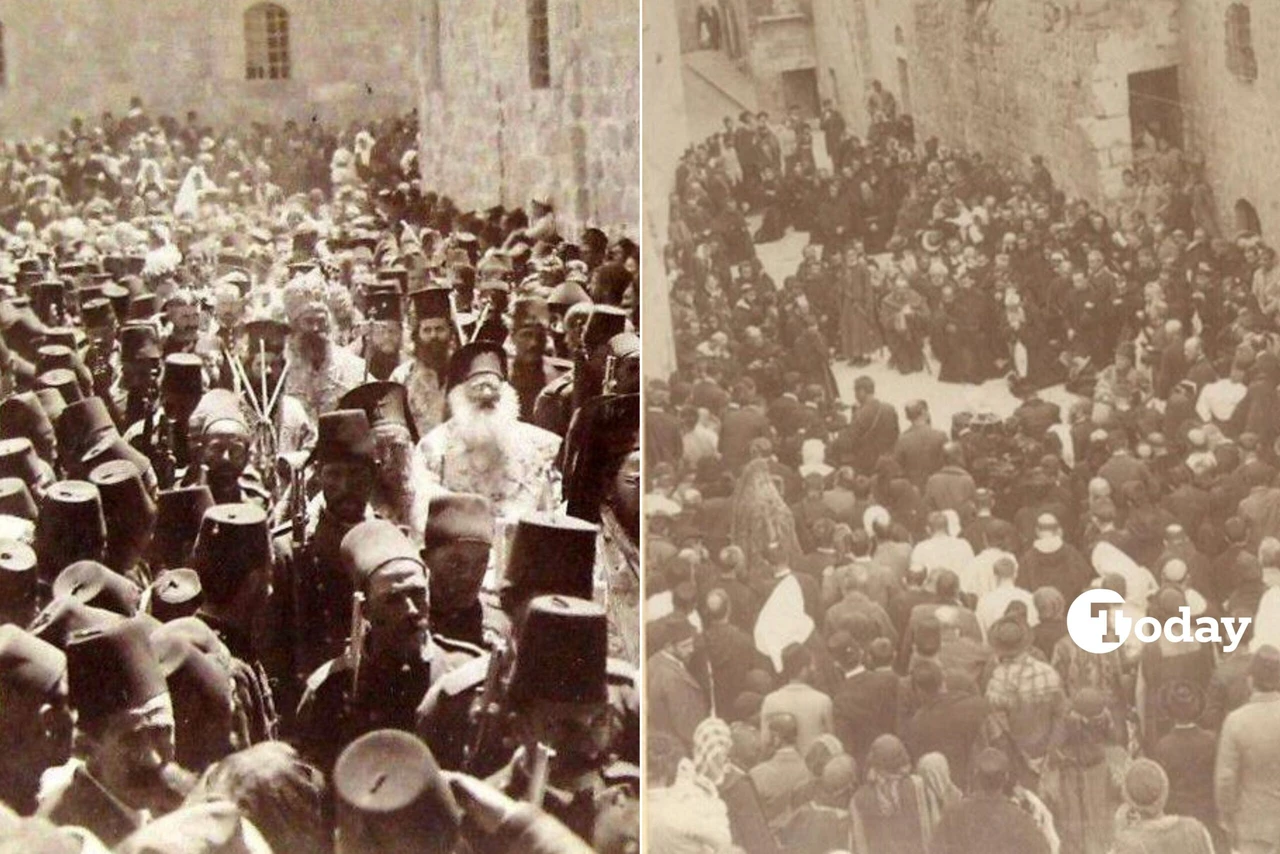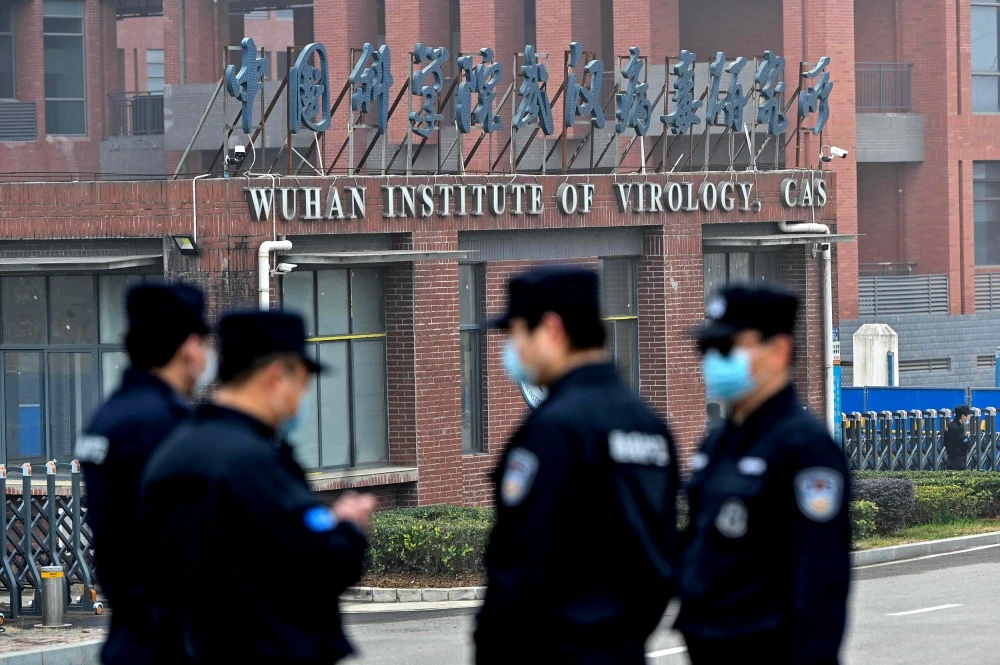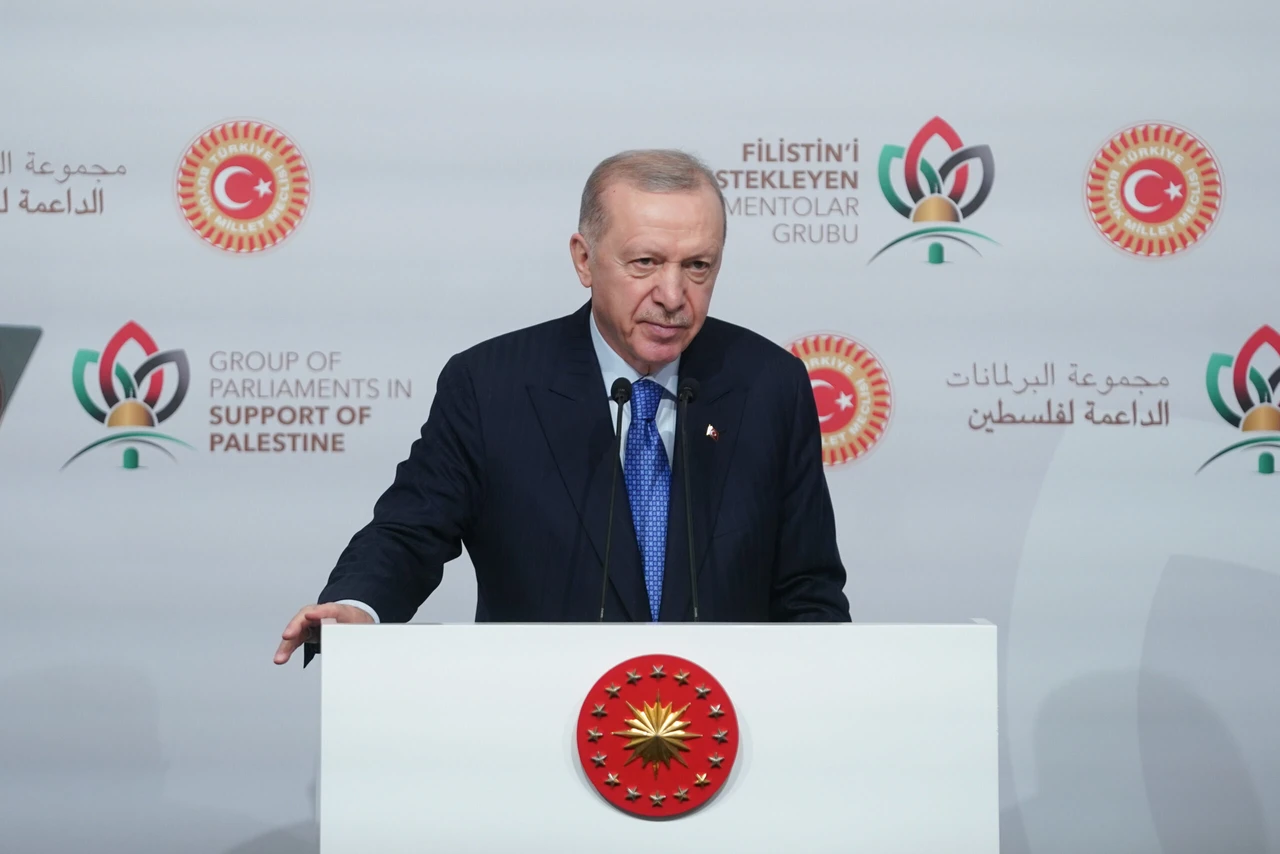Sefer Reis and Mir Ali Bey: Two great Ottoman sea wolves who were bane of Portugal in Indian Ocean
 Portuguese map of the Indian Ocean, Africa and Arabia. 1500s.
Portuguese map of the Indian Ocean, Africa and Arabia. 1500s.
In the East, we never had an enemy we dreaded and feared as much as him.
The earliest information in Ottoman sources about the great Turkish seaman, Sefer Reis, also known as Captain Sefer, dates back to 1544. At that time, Sefer Reis was the commander of a small fleet in Suez. While on patrol duty in Suez, providing intelligence, Sefer Reis is also mentioned to have participated in the first Indian Ocean campaign of Hadim Suleyman Pasha, who was later appointed Governor-General of Egypt by Pargali Ibrahim Pasha who later became Grand Vizier, in 1538.
Although there is no clear information about Ottoman sources, it is known that Sefer Reis took part in the attacks that extended to Muscat shortly before Ayaz Pasha’s conquest of Basra.
Sefer Reis’s name begins to appear in Portuguese sources from 1550 onward. The Portuguese historian Diogo do Couto refers to Sefer Reis as a great Turkish corsair who attacked merchant ships carrying cargo from Hormuz to the coasts of India. Sefer Reis, who attacked ships carrying valuable goods with his fast ships with high maneuverability, once preferred to cruise close to the coast instead of clashing with patrolling Portuguese warships in the open sea and successfully escaped the Portuguese attack.
When the captain of the Portuguese fleet, Figueira, returned to the headquarters in Goa, the governor-general tasked him to find Sefer, but this operation cost Figueira his life as a result of Sefer Reis’s extraordinary war tactics.
Sefer Reis had three basic principles; first, the route between Hormuz and Gujarat, which was the scene of intense trade, contained great potential for large-scale plunder. At the end of the summer season and the beginning of autumn, there was a very high chance of hunting Portuguese merchant ships by using small and fast ships during the busy trade season.
Secondly, Sefer Reis, knowing that his small and fast ships were vulnerable against powerful warships in the open sea, took into account the monsoon wind blowing in the northeast direction in that season and calculated that he could escape from powerful ships by rowing against the wind and in the southwest direction, and easily return to Moha (an important port in northern Yemen).
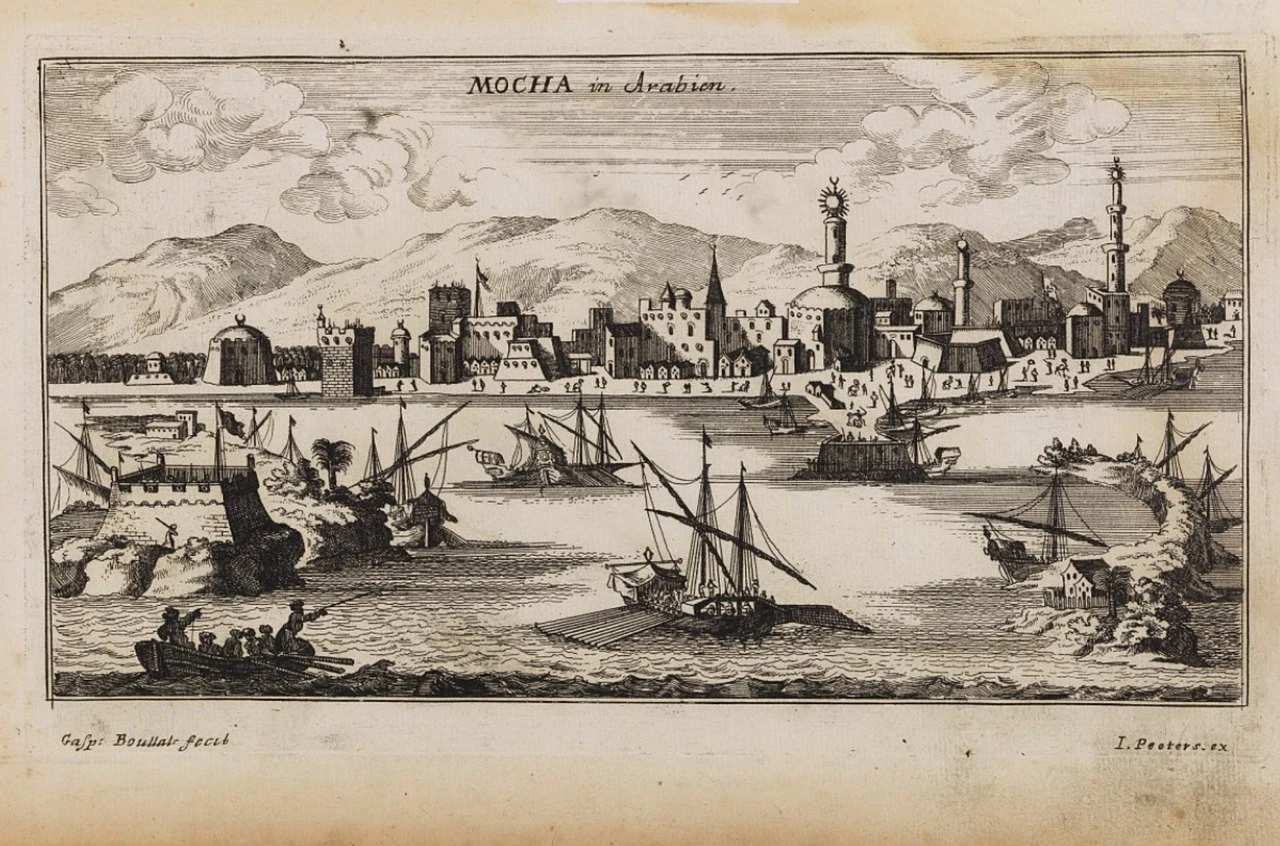
Thirdly, the great captain, who thought that the monsoon winds would change direction and make travel from India to the west easier, considering that such an attack against him would take place in the winter months, preferred to wait for the Portuguese ships in these periods with prior preparation, and thus always kept in mind that he could gain a tremendous advantage by luring them to the areas where coral reefs were located and where the wind was unstable, which was the most suitable place for him.
Sefer Reis’ attempts at promotion
During this period, Piri Reis (the great Ottoman seaman and owner of the famous world map) was captured and executed by the governor of Egypt, Semiz Ali Pasha, in his nineties, on the grounds of the mistakes he made in the Hormuz disaster of 1551. Murat Bey, who replaced him, disappointed Grand Vizier Rustem Pasha by losing a naval battle he could have won in July 1553 while he was on his way to Hormuz again.
Moreover, Seydi Ali Reis, as soon as he took office as the commander of the fleet, was forced to take refuge on the coasts of India by losing almost all of his ships in the expedition he set out at the end of 1553, and Seydi Ali Reis took refuge in the Turkish Rumis in Gujarat.
From there, he returned to Istanbul via Afghanistan and Iran. Despite all these disasters, Grand Vizier Rustem Pasha never took Sefer Reis into account. Sefer Reis continued his attacks against Portuguese ships. He hijacked merchant ships and spread danger to targets in the Red Sea. His successes attracted the attention of the Governor of Egypt, Semiz Ali Pasha, who even sent aid, thinking that Sefer Reis might have difficulties.
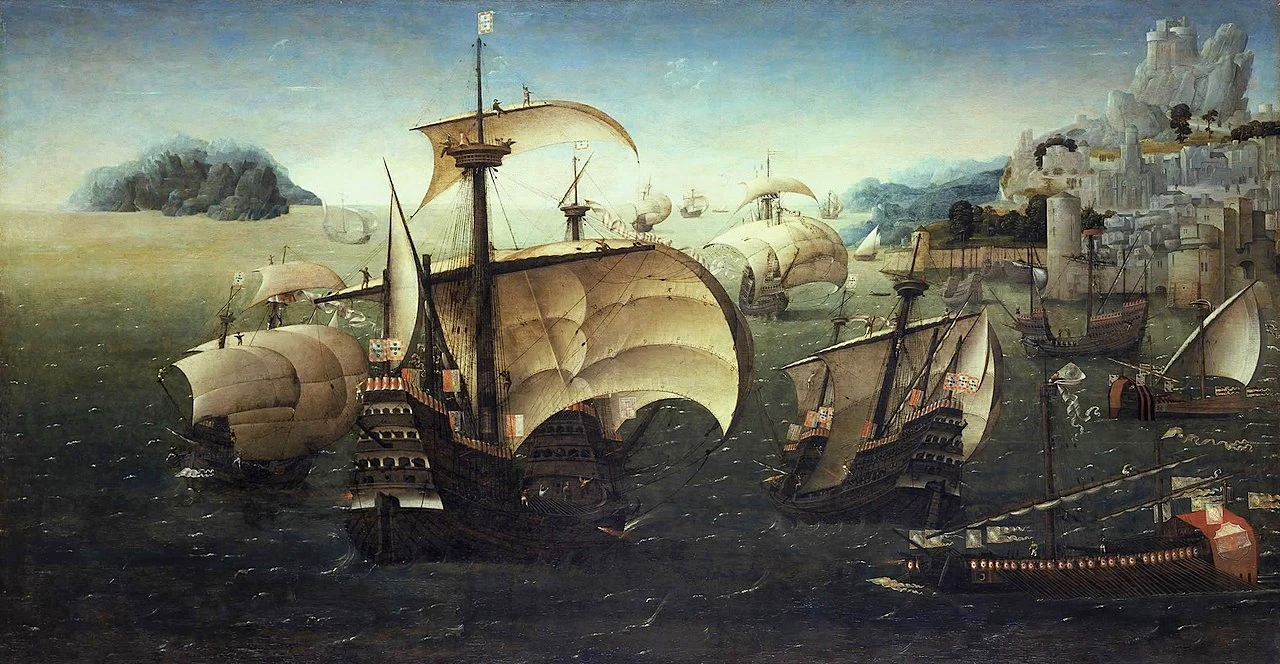
After Rustem Pasha’s dismissal from the grand viziership, it is stated in Portuguese sources that Sefer Reis sent 20,000 gold coins, which he had earned from piracy to the sultan, in order to become the admiral of the Indian Ocean.
Sefer Reis also sent gifts to the new governor of Egypt, Mehmet Pasha, and asked for five new light ships to be given to his own fleet, but Rustem Pasha’s return to the grand viziership dashed Sefer Reis’s promotion hopes and all the dreams of the Indian Ocean group.
‘The greatest threat in to Indian Ocean’ for the Portuguese
Despite his efforts for promotion faltering, Portugal would continue to perceive Sefer Reis as the greatest threat in the Indian Ocean. Immediately after his magnificent raid on Diu in 1554, Admiral Vasconcelos went after him in January 1555 but had to return to India empty-handed. The following winter, this time the admiral went out to hunt but was forced to turn back when he learned that Sefer Reis had returned to his base in Moha.
We understand this tension better in the letters that Joao Lisboa, who was a prisoner of the Ottomans in Cairo, wrote to the governor in India:
How much longer will you tolerate this thievery? Sefer’s reputation is growing day by day. Cairo is getting richer with the spoils taken from Portugal. It’s an incredible success when you consider what they did with just three ships! How much more damage will be done to Portugal? How much richer will Cairo get thanks to this?
Lisboa suggested to the Portuguese commanders that they attack Sefer’s base in Moha directly. Moha, which did not even have a fortress or sturdy walls, was only protected by 400 local Arabs. Sefer’s fleet did not have more than four hundred sailors either. Taking all this into account, Portugal made a plan to destroy Sefer Reis.
Ships with oars and intense artillery power, suitable for the shallow sea conditions of Moha, were sent on a raid under the command of Admiral Sylveira in the autumn of 1557. The ships reached the Red Sea in February 1558. When they reached Moha, not all the ships had yet gathered, but they launched the attack without waiting for them. But this would be the end of the Portuguese admiral. In the first hours, the Portuguese forces were scattered by the intense cannon fire from Sefer Reis from land and sea. In this way, Sefer’s invincibility was once again proven.
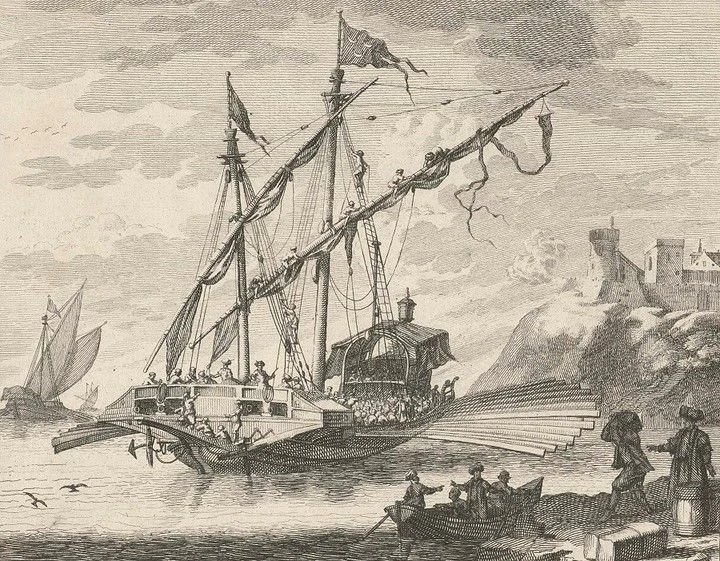
In the summer months of 1560, Sefer Reis was now the admiral of the Indian Ocean fleet. As a result of Sefer Reis’s successes, Ottoman merchants developed an excellent trade network from the Swahili coasts of Africa to Ceylon and Siyam, and from the coastal cities of India to the Red Sea port. The trade volume not only exceeded that of the Mamluk Sultanate period but also surpassed the volume of Portuguese trade from the Cape of Good Hope to Europe.
Developing a very different model from the Ottoman maritime and piracy strategy in the Mediterranean, Sefer Reis, never attacked fortresses and did not deal with difficult and laborious tasks such as establishing a land army and transporting this army and siege materials that were difficult to transport. His long maritime adventure gained him the experience that the Portuguese were as strong at sea as they were weak. His target in the war was not Portuguese fortresses, but Portuguese ships, and his war success could be measured not by the size of the lands he won, but by the ships he captured and the customs revenues he obtained in Moha, Jeddah and Suez.
According to Mattias Bicudo, Portugal’s source of information in Cairo, who reported on January 18, 1566, Sefer Reis fell ill while approaching Socotra Island, turned his course to Aden, and died within three days of landing. Bicudo wrote:
He was a brave and ruthless corsair. Because he knew the region closely, he could very well predict when and how to attack his enemy. In the East, we never had an enemy we dreaded and feared as much as him.
New trouble in the Indian Ocean: Mir Ali Bey
In the Ottoman-Portuguese struggle in the Indian Ocean, unexpected developments occurred in the year 1579. The Ethiopian king launched a sudden attack on the Ottoman unit and, winning the Battle of Addi Carro, threatened the security of the Red Sea. Sultan Alaaddin Riayat Shah, the Ottoman’s most trusted figure from the Sultanate of Aceh in Sumatra, passed away, and worst of all, Grand Vizier Sokollu Mehmet Pasha was killed in a treacherous attack in October 1579.
Another unexpected event for both sides was the death of Portuguese King Dom Sebastiano on August 4, 1578, as a result of a failed and inept attack he made on Morocco. When the heirless Portuguese king died, the throne passed to the king of Spain, who was related to the deceased king on his mother’s side. From the Ottoman point of view, the death of their friendly Moroccan King Ali El-Malik in the war and the transfer of the Moroccan administration to his brother Ahmed el Mansur, who showed hostile behavior, would be considered a bad result.
A similar situation arose with the sudden hostile attitude of the Turkish rulers in India, the Mughal ruler Akbar Shah, towards the Ottomans. Akbar Shah’s first target was Mecca and Medina. He financially supported the pilgrims and sent gifts to the Sharif of Mecca. He even went so far as to claim that the sermon should be read in his name.
Sokollu Mehmed Pasha, who was fighting with all these negativities, complained that he could not give enough support to the Indian Ocean group, to which he had devoted himself, due to the war that broke out with the Iranian Safavid state.
Immediately after Sokollu’s death, the names in the administration were Koca Sinan Pasha, who served as grand vizier for five different periods, Kilic Ali Pasha, who was the commander of the imperial fleet from the first day Sokollu came to office, Treasurer Sinan Bey, the governor of Yemen, Hasan Pasha, the commander of the Suez fleet and the governor of Eritrea, Hizir Bey, and the great seaman Mir Ali Bey, the Moha Maritime Commander.
Mir Ali’s name is mentioned in Omani sources as the Ottoman governor who ruled the country in 1580-81. This group, with the foresight of Koca Sinan Pasha, gave instructions for new castles to be built in the region, including Sevvakin and Massawa on the Red Sea coast. At this time, Mir Ali Bey is the Commander of Moha.
Mir Ali attacked Muscat in 1581 with a sudden attack and made a great plunder and annexed it to the country’s lands. After this, his target was the Swahili coast.
The Swahili coast was very rich in terms of ivory, gold and slave trade, so it also became the target of the Ottomans. Mir Ali Bey moved to the region at the end of 1585 with a similar aim to what he had achieved in Muscat. He aimed to establish contact with the other Muslim communities in the region and turn them into friendly and loyal communities to the Ottomans.
He had only two active galleys and about 150 sailors. One of his ships took on water halfway and left the expedition with half of the sailors. Despite this, Mir Ali continued on his way and was greeted with love demonstrations in Mogadishu, which he reached in January 1586. Some 20 lightly armed additional soldiers were allocated to him as support by the local administration. After Mogadishu, he saw the same love and friendship in Brava, Jugo and Pate. All communities submit their loyalty to the sultan. Mir Ali has gained sympathy by giving them only hope for the future.
This trip immediately attracted the attention of Portugal, and Admiral Salgado preferred to wait at the scene of the conflict and the side of his friends, the Sultan of Malindi, by increasing his fortifications. Mir Ali Bey, meanwhile, seized a merchant ship. Meanwhile, a surprise came from the inhabitants of Lamu Island. They captured the warship of the Portuguese Admiral Brito and gave it to Mir Ali Bey. By the end of March, Mir Ali Bey had 24 ships and patrolled the coasts for another month. While returning, he had 150,000 gold in tribute and 60 Portuguese prisoners, apart from the environment of trust in the Ottomans that he created in the region.
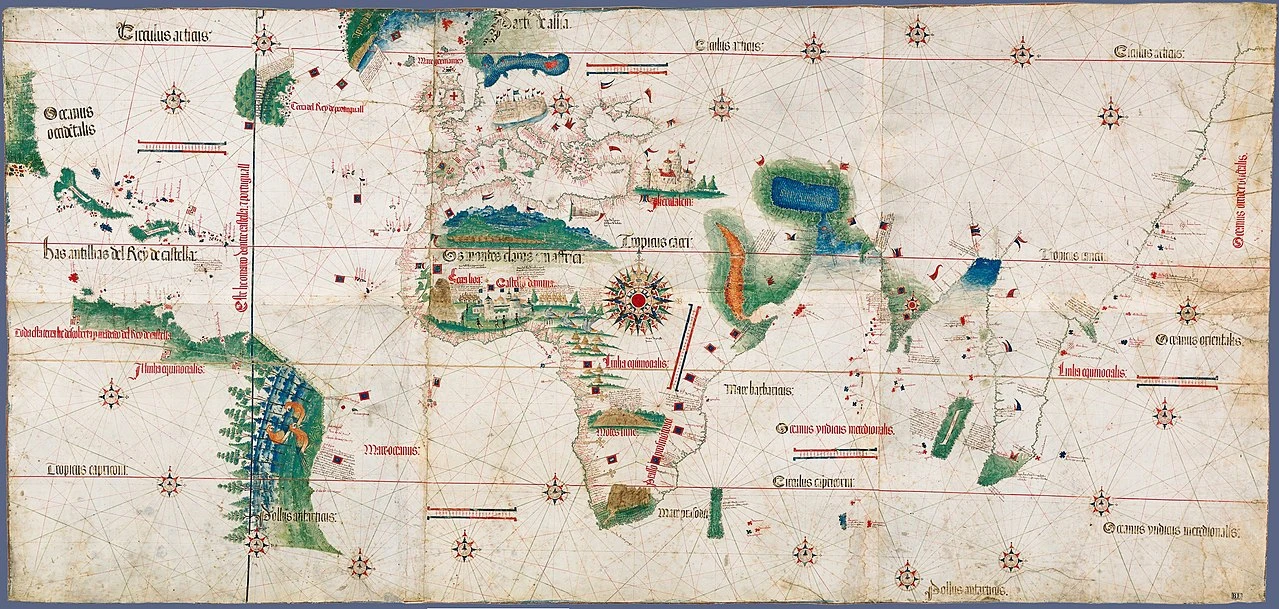
Immediately after Mir Ali Bey left the region, in January 1587, the fleet under the command of Admiral Melo came to the region and first cooperated with Mir Ali and wiped out Pate Island, where they were alleged to have tortured Portuguese prisoners, from history, and killed almost all of its people, including the king. He headed for Mombasa to commit the same massacre. Although a large part of the population fled, the city was almost destroyed.
In 1588, when Haznedar Sinan Pasha’s duty as the Governor of Egypt ended, Kara Uveys Pasha, who replaced him, did not help the Indian Ocean group. Because he was against them. But despite everything, the Pasha, who did not allow the group’s power to be lost, handed over the four-ship fleet to Mir Ali. The first order given was the capture of Mombasa Island. In this way, the Pasha’s credit with the sultan would also increase.
Mir Ali’s return creates similar impressions to his first voyage. He is greeted with the same affection in Mogadishu, pledges of loyalty to the sultan are received, and financial and ammunition aid is also provided. Then he turns south again. All cities show him similar sympathy. The demonstrations held especially in the cities where the Moroccan merchants stop on their way to India are encouraging. Only things go wrong with the Sultanate of Malindi, which is in a classic enemy position.
Portuguese sources write that Mombasa, which is the center of timber and other material supply, was a valuable port for Mir Ali Bey even on the first voyage in 1586. Mir Ali focuses on defending the port with his limited means. He makes his plan in a similar way to Sefer Reis. He will defend Mombasa like Moha. He has high-quality cannons, defense batteries and 300 soldiers at his disposal. He immediately decides to build a solid castle for defense.
When Portugal learns of the situation, it sends a force about three times the size of Mir Ali’s under the command of Captain Coutinho to the region. In February 1589, Mir Ali Bey is about to complete the Mombasa Castle. Meanwhile, an event that Mir Ali Bey did not expect at all takes place. A tribe that the Portuguese called Zumba from the interior of Africa is rapidly approaching the region with a force of about 20,000 people. The Zumbas are very cruel. They arrive just one day before the Portuguese fleet reaches Mombasa to pass through and attack the Ottoman forces they find in front of them. The attack is carried out from the land side, where Mir Ali did not feel the need to make any fortifications because it was safe.
The Portuguese fleet, which reached the region on Sunday, March 5, 1589, is first surprised by the scene, but they are extremely pleased that the Zumbas have made their job easier. They take control and immediately cooperate with the Zumbas and allow the Zumbas to pass. They, themselves, decide to wait on the shore and gather the Turks and Mombasans who have fled from the Zumbas. Hundreds of people fled and tried to take refuge with the Portuguese.
Portuguese records, although limited, rescue those who flee. At that moment, after the rescue of about two hundred bombs with 30 sailors, Mir Ali Bey desperately throws himself onto a rock.
There is different information from various sources on this subject. Some sources write that Mir Ali Bey was martyred while the Portuguese were bombarding Mombasa. According to Joao dos Santos, the author of the work Etiopia Oriental, Mir Ali Bey gets on a Portuguese ship and escapes at the cost of being captured. When his Portuguese colleague greets him, he says,
I will not mourn for my bad luck. This is a natural consequence of the war. I consider myself lucky to have surrendered to you, as I was once a prisoner of the Spaniards, rather than falling into the hands of inhuman cannibals.
The captain’s response is also very sincere. He gives him assurance to be comfortable.
The same author gives the following information about Mir Ali Bey’s later life:
Mir Ali Bey is taken to Goa in the next monsoon season. He is greeted by the governor. Mir Ali Bey is later sent to Portugal and converts to Christianity there. The issue of whether this decision was taken sincerely remains confidential. Mir Ali Bey continues his captivity in a dungeon in Barra Castle in Portugal at the end of 1608, under the name Francisco, which he took after being baptized.
This event, although it reveals a situation rarely seen in Ottoman history, has become the beginning of the bitter end of the Turkish navy and seafaring, which raged like a storm in the Indian Ocean for nearly a hundred years.
In 1636, the last trace of the empire in the region is erased in Moha, which served as the naval base for both heroic Ottoman seamen, Sefer Reis and Mir Ali Bey.
